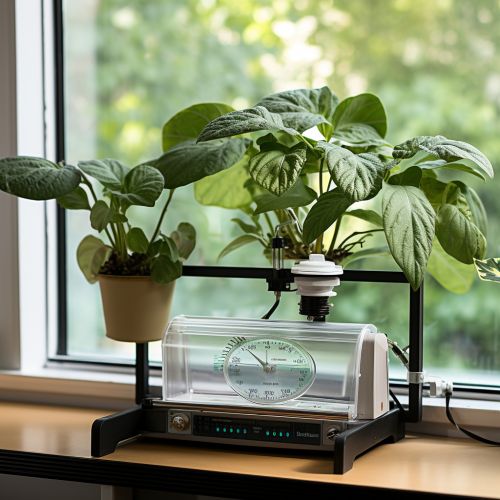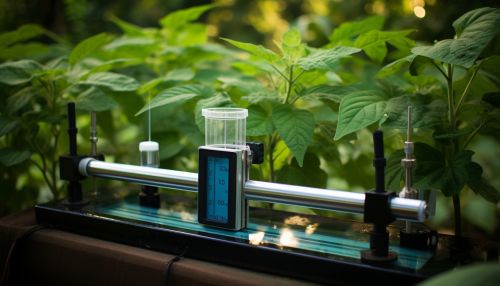Transpiration
Introduction
Transpiration is the process by which moisture is carried through plants from roots to small pores on the underside of leaves, where it changes to vapor and is released to the atmosphere. Transpiration is essentially evaporation of water from plant leaves. It is a vital process in the physiology of plants, playing a key role in the water cycle.
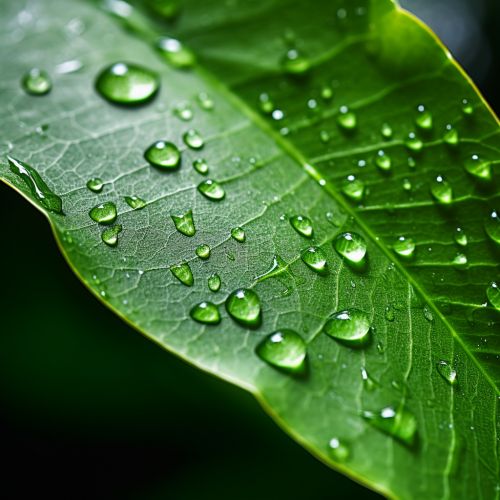

Process of Transpiration
Transpiration occurs in the stomata of leaves. These are small openings on the leaf surface that are surrounded by guard cells. The guard cells control the opening and closing of the stomata, allowing water vapor to exit and carbon dioxide to enter the plant for photosynthesis.
Water is absorbed by the roots from the soil, which is then transported to the leaves through the xylem vessels. This movement of water and nutrients is known as the transpiration stream. The water molecules stick together, a property known as cohesion, and they also stick to the xylem vessels, a property known as adhesion. This helps the water to move against gravity and reach the leaves.
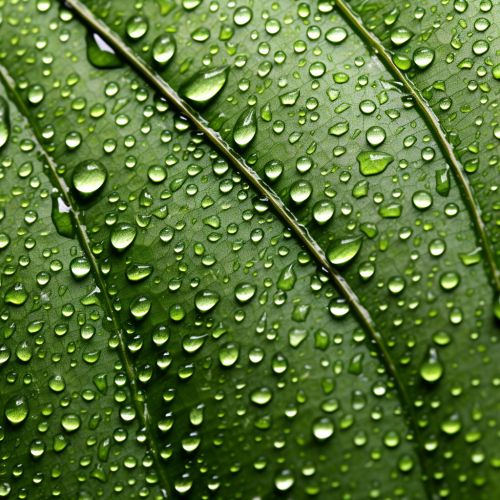
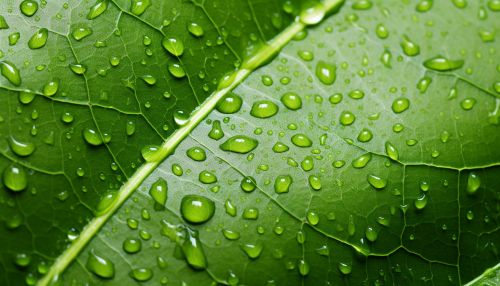
Factors Affecting Transpiration
Several environmental factors affect the rate of transpiration. These include:
- Temperature: Higher temperatures increase the rate of evaporation of water from the plant's leaves, thus increasing the rate of transpiration.
- Humidity: Lower humidity levels (drier air) increase the rate of transpiration as the concentration gradient of water vapor is higher from the inside of the leaf to the outside air.
- Wind: Wind increases the rate of transpiration by removing the layer of humid air from around the leaf surface, thus increasing the concentration gradient of water vapor.
- Light: Light stimulates the opening of the stomata, thus increasing the rate of transpiration.
Significance of Transpiration
Transpiration plays a crucial role in the life of a plant. It helps in the upward movement of water and minerals from the roots to the leaves (transpiration pull). It also helps in temperature regulation as the evaporation of water from the leaf surface cools the plant. Moreover, the process of transpiration aids in maintaining the shape and structure of the plant cells.

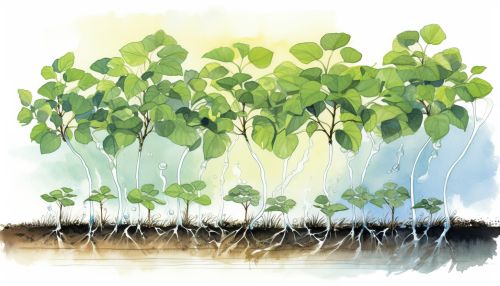
Transpiration in the Water Cycle
Transpiration, along with evaporation from bodies of water and sublimation from ice and snow, is a major contributor to the return of water to the atmosphere in the water cycle. This water vapor eventually condenses to form clouds and precipitates as rain, replenishing the water in the soil that can be used by plants.
Measurement of Transpiration
Transpiration can be measured using a variety of methods. One of the most common methods is the use of a potometer, which measures the rate of uptake of water by a plant, which is largely determined by the rate of transpiration.
